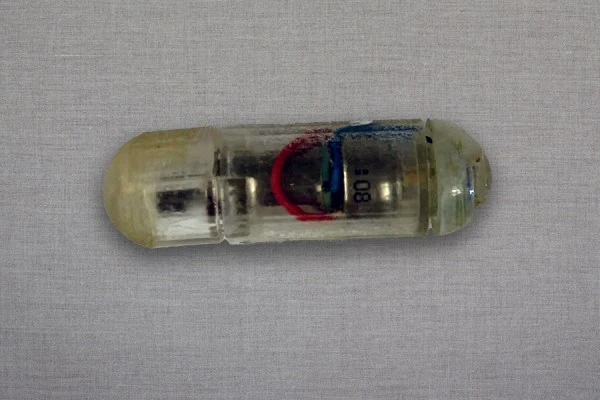MIT Scientists Develop Vibrating Obesity Pill
The Massachusetts Institute of Technology (MIT) researchers have recently unveiled a groundbreaking Innovation in the field of obesity treatment. Their latest project involves the development of a vibrating capsule, which has shown promising potential in reducing food consumption and aiding weight management.
Simulating the Sensation of Fullness
MIT has drawn comparisons between the vibrating capsule and the age-old practice of drinking a glass of water before meals to create a feeling of fullness. This method, often recommended by dieticians, is designed to send signals to the brain to simulate the sensation of being satiated, ultimately leading to reduced food consumption.
The researchers behind this project envision the vibrating capsule as a potential alternative to surgical interventions and GLP-1s, which are known for their effectiveness but are also associated with significant costs and regulatory barriers.
Mechanism and Effectiveness
The novel capsule operates by stimulating mechanoreceptors in the stomach, which in turn communicate with the brain through the vagus cranial nerve. Once activated, this process triggers the production of key hormones such as insulin, GLP-1, C-peptide, and Pyy, thereby reducing hunger and enhancing the digestion process.
Preliminary laboratory tests have shown compelling results, with animals administered the capsule exhibiting a remarkable 40% reduction in food consumption when taken 20 minutes before a meal. The promising outcomes of these experiments have sparked optimism within the research team.
Innovative technology
The vibrating capsule, comparable in size to a standard multi-vitamin, integrates a small vibrating motor powered by a silver oxide battery. Upon reaching the stomach, the outer layer of the capsule is dissolved by gastric acid, initiating the vibration and setting the mechanism into motion.
Beyond its efficacy, the research team is diligently working to ensure the safety and feasibility of the vibrating capsule. This involves rigorous testing and assessment to prepare for potential human trials and eventual regulatory approval.
Critical Outlook and Future Prospects
Associate professor Giovanni Traverso emphasizes the potential of the capsule in leveraging the body’s natural systems, thus circumventing the complexities and costs associated with conventional pharmacological interventions. He highlights the profound behavioral changes induced by the vibrating capsule, utilizing the endogenous biological system rather than exogenous therapeutic approaches.
Moreover, the post-doc researcher, Shriya Srinivasan, envisions scalable production at a cost-effective price point, instilling hope for a future where this innovative device can be more widely accessible and affordable.
Emerging Trends in Capsule-Based Technologies
The development of ingestible technologies, including sensors and micro-robotic systems, has been a thriving domain in recent years. MIT’s vibrating obesity pill is a pioneering addition to this landscape, reflecting the ongoing pursuit of innovative solutions for Health and wellness.
As MIT continues to advance its research and development efforts, the vibrating obesity pill stands as a testament to the university’s commitment to pioneering transformative solutions for global Health challenges, offering potential avenues for combating obesity and improving overall well-being.
With promising early results and ongoing refinements, the vibrating obesity pill may soon emerge as a game-changing Innovation in the fight against obesity, signaling a new era in non-invasive weight management approaches.
Source: techcrunch








No Comments